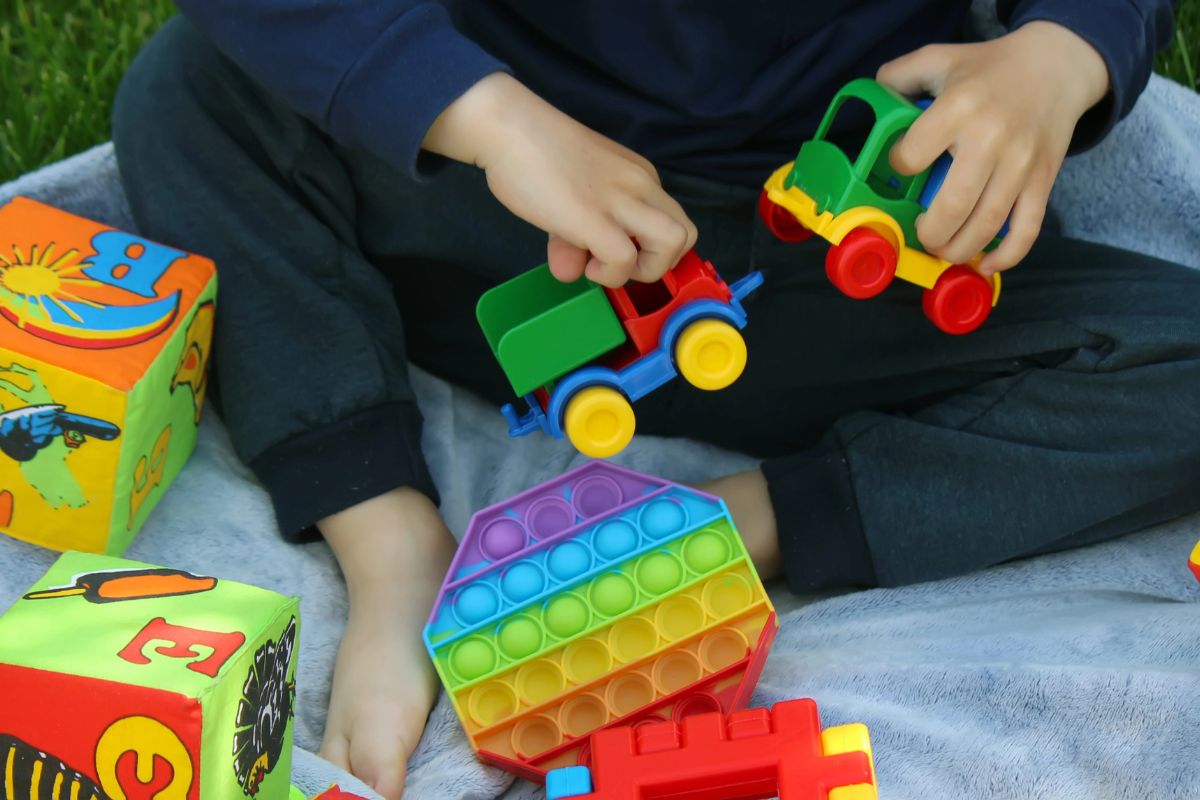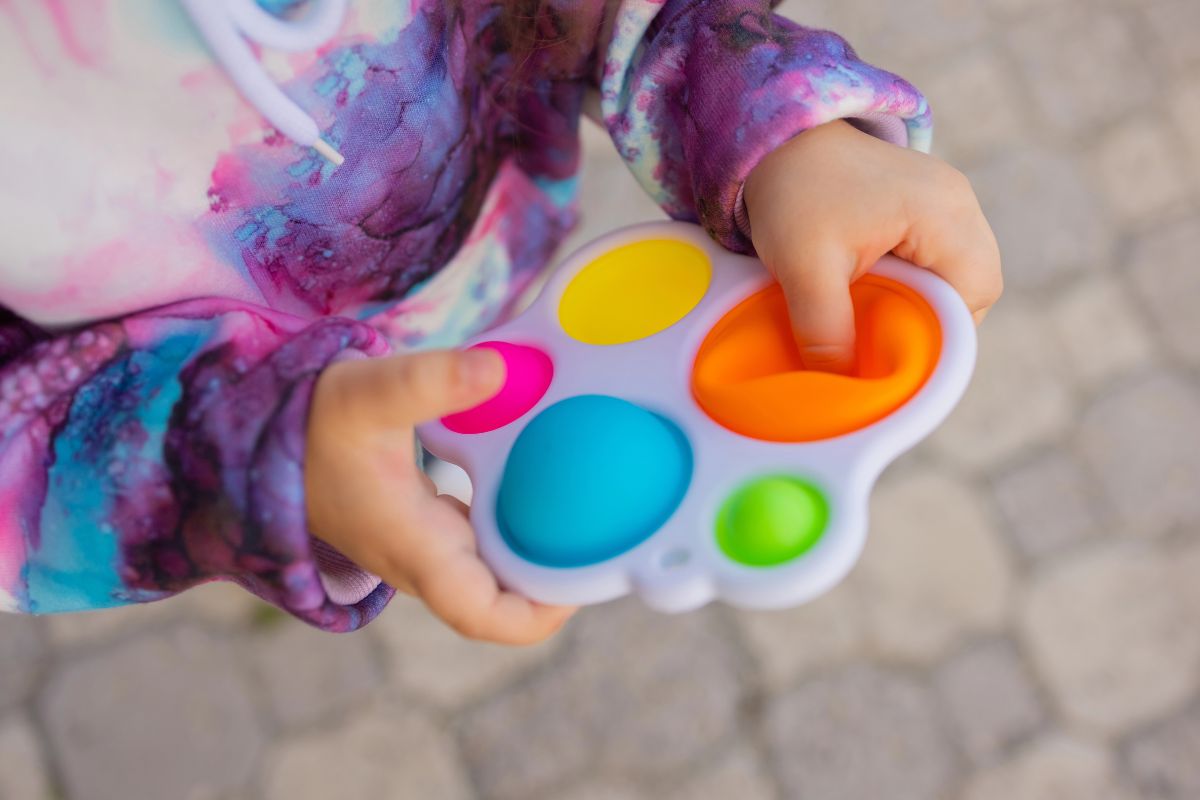Key Takeaways
- Giving clear and consistent verbal or visual cues helps children anticipate upcoming transitions and reduces anxiety.
- Using “First/Then” statements can improve cooperation by making expectations simple and predictable.
- Reinforcing smooth transitions with praise or small rewards builds positive behavior over time.
- Partnering with your ABA team can help tailor transition strategies to meet your child’s individual needs
For many children, especially those receiving ABA therapy, transitions between activities—like moving from playtime to clean-up, or from dinner to bedtime—can be a challenge. Transitions require children to stop one activity, shift their attention, and start something new. This process may seem simple, but for children with autism or related developmental differences, it can trigger frustration, anxiety, or even behavioral outbursts.
At Rainbow ABA Therapy, we work closely with families to develop strategies that help make transitions smoother, more predictable, and less stressful. Below are some practical, evidence-based approaches you can start using at home.
Use Clear, Consistent Cues
Children thrive on routine and predictability. Using clear cues—both verbal and visual—can help your child understand what’s coming next. Verbal cues like “In five minutes, it’s time to clean up,” give a heads-up that a change is coming. Visual schedules, timers, or even countdowns with fingers can reinforce the message in a way that’s easier to process.
Offer Warnings Before Transitions
Whenever possible, avoid abrupt transitions. Providing a short warning (e.g., “You have two more minutes”) allows your child time to mentally and emotionally prepare. Pair warnings with countdowns, timers, or transitional phrases like “last activity” or “one more turn” to increase cooperation.
Use First/Then Language
“First/Then” statements are a simple and effective way to structure expectations. For example, “First we brush our teeth, then we read a story.” This format is especially helpful for children who need extra motivation or reassurance during non-preferred tasks.
Keep the Routine Predictable
The more predictable the routine, the less stressful transitions become. Try to keep daily activities in the same order when possible. Use consistent language and visuals to remind your child what’s next. Over time, this helps build independence and confidence in navigating daily changes.
Reinforce Positive Transitions
Reinforce cooperation during transitions with praise, high-fives, or a small reward. Even a simple, enthusiastic “Great job moving to the table!” can make a big difference. When transitioning from a highly preferred activity to a less preferred one, offering a motivating reward afterward can help ease the shift.
Support Through Challenging Transitions
If your child has difficulty with a specific transition—like getting in the car or moving to bedtime—try breaking the task into smaller steps. Practice the routine ahead of time when emotions are low, and provide extra guidance or support as needed. Collaborate with your ABA provider to identify the best strategies based on your child’s individual needs.
Partner with Your ABA Team
Every child is different, and the reasons behind difficult transitions can vary. Rainbow ABA therapists work with families to develop personalized transition plans that use data-driven techniques and consistent reinforcement. If you’re noticing frequent meltdowns or resistance during transitions, we can help you identify the cause and build a better routine together.
Helping Your Child Thrive—One Transition at a Time
Mastering transitions takes time and patience, but the results are worth it. By making transitions more predictable, positive, and supported, children feel more secure and confident throughout their day. If you’re looking for more tools and support, our team at Rainbow ABA is here to help every step of the way.
Contact us today to learn how our therapy services can support your child’s growth—at home, at school, and everywhere in between.
Frequently Asked Questions
Why does my child struggle with transitions so often?
Transitions can be difficult for children with autism because they often rely on routine, and sudden changes can feel overwhelming or unpredictable. ABA strategies help make transitions more manageable through structure and consistency.
What should I do if my child resists moving from a preferred activity?
Try using countdowns, “First/Then” language, and positive reinforcement. You can also offer a motivating reward after the transition to encourage cooperation.
Can ABA therapy help with transitions at home and in school?
Yes. ABA therapists at Rainbow work with families and teachers to develop consistent strategies that can be used across environments, ensuring smoother transitions wherever your child goes.



